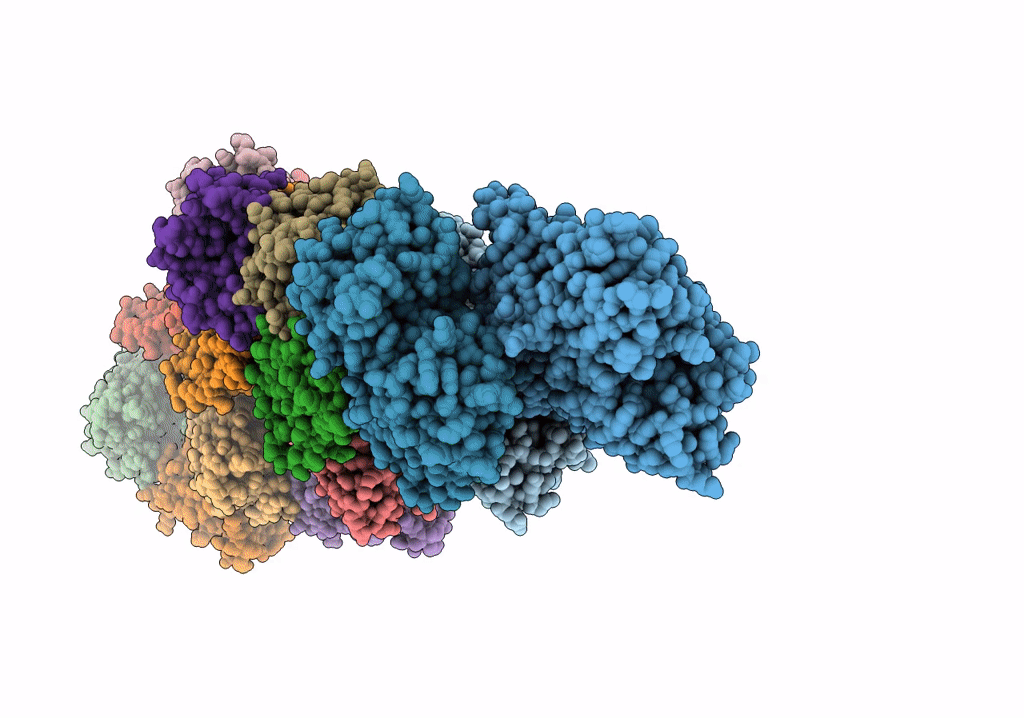
Deposition Date
2019-09-13
Release Date
2020-01-01
Last Version Date
2024-11-13
Entry Detail
Biological Source:
Source Organism:
Homo sapiens (Taxon ID: 9606)
Oryctolagus cuniculus (Taxon ID: 9986)
Oryctolagus cuniculus (Taxon ID: 9986)
Host Organism:
Method Details:
Experimental Method:
Resolution:
9.20 Å
Aggregation State:
HELICAL ARRAY
Reconstruction Method:
SINGLE PARTICLE


